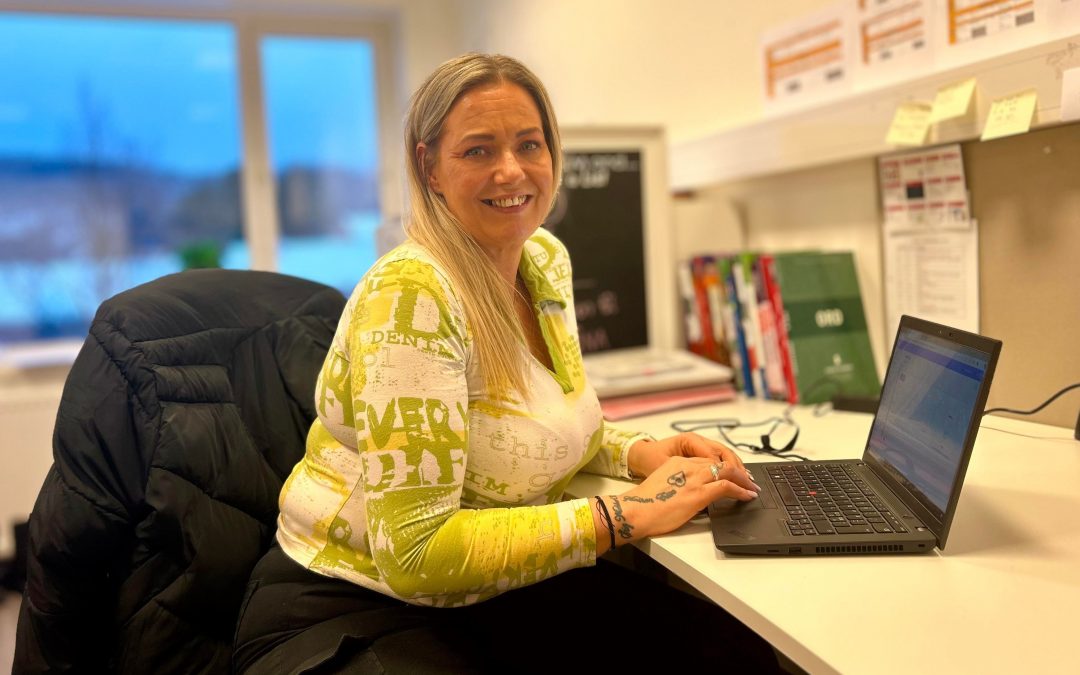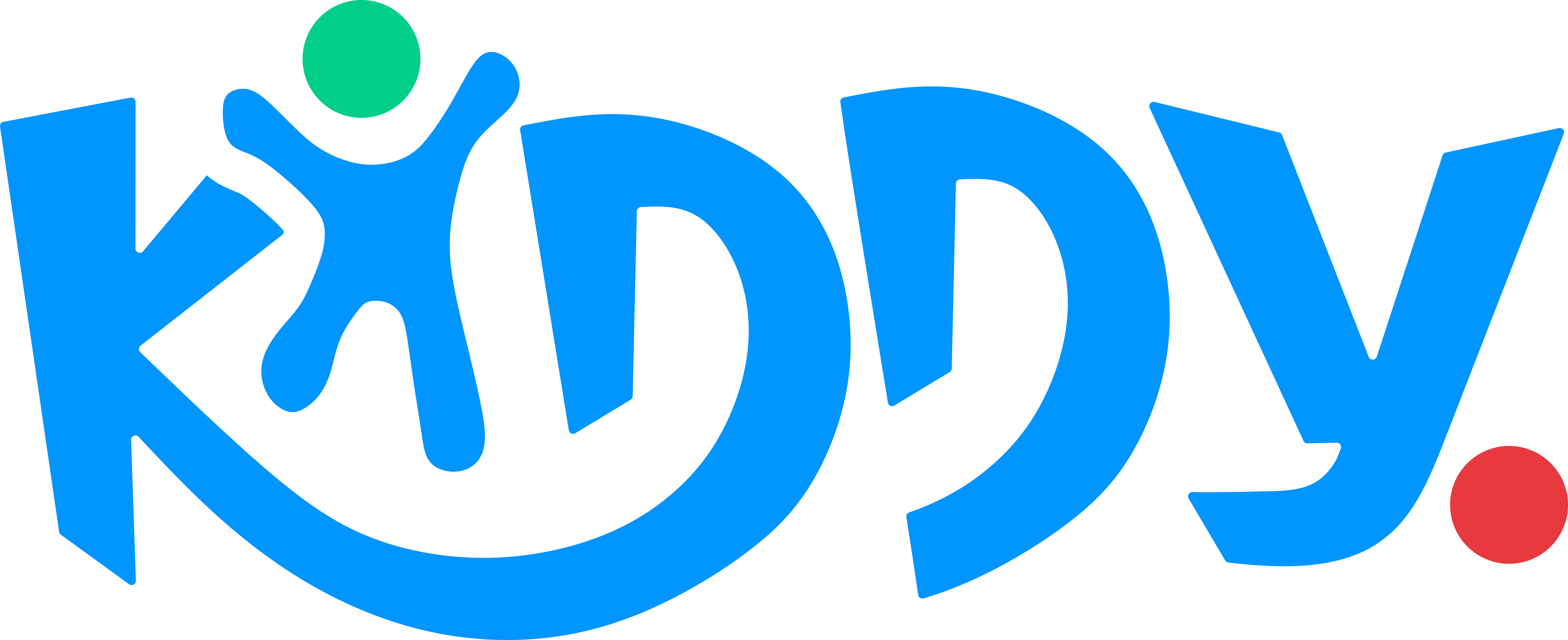
A Teacher’s Experience with Kiddy
A Teacher’s Experience with Kiddy
School Visit at Børsa School – Interview with Introduction Teacher Mona Grorud Sørensen.
The intention behind Kiddy is to simplify communication for everyone and ensure that all parents are included, regardless of their linguistic and cultural backgrounds. Our goal has been, and still is, to create an inclusive tool that promotes close collaboration and dialogue between school/kindergarten and home. To achieve this goal, we have relied on having good supporters with us along the way. One of our most valuable supporters is welcome teacher Mona Grorud Sørensen. We have been fortunate to visit her at the school to observe how she works in the welcome class and to gain insight into how she uses Kiddy in her daily work. See the interview with Mona at the bottom of the article.


Mona has a busy workday with many tasks and responsibilities. With Kiddy, she saves a lot of time.
Long and Diverse Experience
Mona is an experienced and dedicated teacher with a long pedagogical career. She has diverse experience working as an educator, having taught both adults and children. Currently, she works as a teacher in a welcome class at Børsa School in Skaun municipality, where she focuses on teaching Norwegian as a second language. In other words, Mona has extensive experience in dealing with language barriers in the Norwegian school system.
Over the years, Mona has used many different communication tools. She notes that the biggest difference between previously used tools and Kiddy is that now she actually has the ability to communicate with multilingual parents in a very convenient way. Previously, when sending out messages, she had to first write the message in Norwegian and then use Google Translate to translate it into the different languages spoken by the parents. “With Kiddy, you can just write a message, press send, and you’re done.”
“For me, it has meant that parents finally understand the information we send out from the school“
Strong Dedication
Mona is passionate about inclusion and wholeheartedly dedicates herself to creating the best possible learning environment for her students. This dedication was clearly evident when we observed Mona in the classroom. During our visit, the Sami National Day was approaching, and Mona used both videos and pictures to teach the students about Sami culture. At the beginning of the lesson, they studied the word “national day,” broke it down, and discussed its meaning. Once everyone understood the word, Mona asked the students about the national days in their home countries, and the students eagerly raised their hands. With enthusiasm, the students shared about the indigenous peoples and traditions of their home countries. Together, they drew parallels between the countries and were interested in what each other had to share.


Colorful Classroom: The classroom is decorated with vibrant posters and words, which are used extensively in teaching
“The biggest difference is that you actually have the opportunity to communicate with multilingual parents in a very convenient way”
Mona finds that communication with non-Norwegian-speaking parents has become much easier now and shares a specific example with us. In her class, there is a couple where the father cannot read in his native language. When Mona sends him a message, he has the message read aloud to him in his native language in the app, and when he responds to her, he speaks into the phone, and Mona receives the message written in Norwegian on her mobile phone. In addition to accessing information from the school, they also have the opportunity to express their own thoughts and feelings. For the parents, it also becomes easier to give practical instructions. In the initial period after arriving in Norway, there are many different appointments, and Mona finds that the parents now can inform her when their child is absent from school.
Positive Response
When Mona introduces Kiddy to parents during intake interviews, they are surprised. “Wow, is that possible?” She explains that parents are used to having to rely on Google Translate. Furthermore, she adds that when she shows them how the tool works, she receives very positive feedback. When asked if she would encourage other teachers to use Kiddy, the answer is clear. “Yes.” She believes it would make things much easier if an entire school could use Kiddy to communicate with parents. “We have parents whose children were born in Norway, but the parents have a different native language, and we often find that teachers who don’t work in the same field as I do forget that they have these parents in their class. As a result, they miss out on a lot of information.”
We are thrilled to see how Kiddy has contributed to changing the communication between Mona and the parents. For us, it’s fantastic to be able to help teachers like Mona have a slightly easier workday and to facilitate better collaboration between school and home. Thank you so much for allowing us to visit you, Mona, and for participating in the interview!
For more information about the developer behind Kiddy, visit: www.daxap.io




